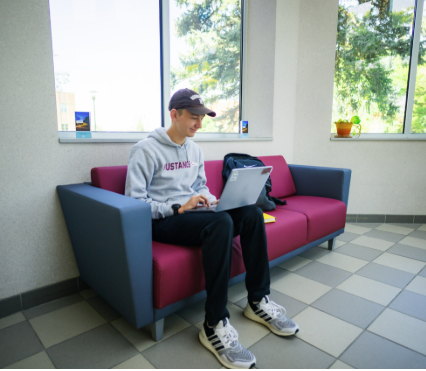Collaborative learning is an educational approach that encourages students to work together toward shared academic goals. In 2025, as teamwork and communication become vital skills in both school and the workforce, embracing collaborative learning is more important than ever. By learning how to cooperate, share knowledge, and support one another, students gain a deeper understanding of content and develop interpersonal skills that extend beyond the classroom.
At the heart of collaborative learning is active participation. Every member of the group contributes to discussions, brainstorming, problem-solving, and project development. This not only promotes accountability but also ensures that diverse perspectives enrich the learning process. When students exchange ideas, they challenge each other’s thinking and deepen their understanding of the material. Research has shown that collaborative learners retain more information and develop critical thinking skills more effectively than those working alone.
Effective collaboration begins with clear communication. Setting group expectations early on—such as respectful dialogue, time management, and task division—helps create a productive and positive working environment. Using collaboration tools like shared documents, digital whiteboards, or group chat platforms ensures that everyone stays informed and involved. Students can also benefit from establishing regular check-ins and milestones to keep the group on track and ensure all voices are heard.
Students can embrace collaborative learning by recognizing the strengths and talents of their peers. Assigning roles based on individual skills—such as researcher, note-taker, presenter, or organizer—can improve efficiency and allow each student to shine. Encouraging rotating roles throughout the school year gives all students the opportunity to develop new abilities and practice leadership in different capacities.
Trust and inclusivity are essential. Group members should feel safe to share ideas without fear of criticism. Teachers can help by modeling positive group behavior, facilitating peer feedback sessions, and guiding students through conflict resolution strategies. Conflict, when handled constructively, can lead to new insights and stronger teamwork. Structured reflection at the end of group projects also helps learners evaluate their collaboration experience and identify areas for improvement.
Technology enhances collaborative learning by connecting students through virtual tools and platforms. Cloud-based apps allow for real-time editing and shared access to resources, while video conferencing software supports remote teamwork. Students can collaborate across classrooms, schools, or even countries, broadening their perspectives and communication skills. Online discussion boards, virtual breakout rooms, and shared multimedia presentations add depth and variety to collaborative projects.
Collaborative learning is also well-suited to project-based assignments. When students work together to solve real-world problems or create presentations, they apply academic concepts in practical ways. These experiences promote critical thinking, creativity, and a sense of purpose in learning. Projects can range from science experiments and group essays to service-learning initiatives and multimedia storytelling.
To further enrich collaborative learning, educators can integrate interdisciplinary themes, encouraging students to apply skills from multiple subjects. For example, a history and literature class might collaborate on a historical reenactment, or a science and art project could involve creating educational exhibits on climate change. These cross-curricular efforts reinforce learning through diverse lenses.
Parental support can also play a role in reinforcing collaboration. Encouraging group study, celebrating teamwork successes, and discussing the importance of listening and compromise at home all help students internalize the value of collaboration.
By embracing collaborative learning, students not only achieve academic success but also prepare for a world that values cooperation, adaptability, and empathy. It teaches them how to listen, lead, and grow through shared effort. As education continues to evolve, collaboration remains a powerful pathway to meaningful learning and personal development. When students learn to work together with purpose, they build not only knowledge but also the character and confidence to thrive in any community or career they pursue.


